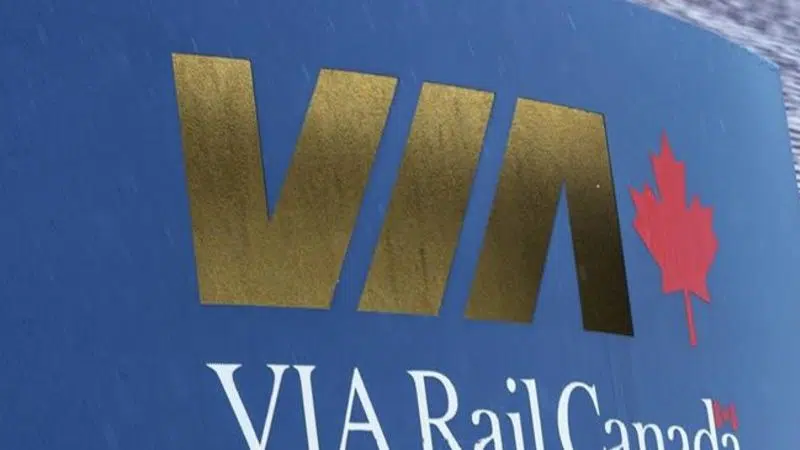
Via’s case for major rail project better without Montreal-Quebec leg: internal doc
OTTAWA — Via Rail’s business case for a multibillion-dollar high-frequency-rail project between Toronto and Quebec City would receive a boost if it ditched the stretch from Montreal to Quebec City, internal federal documents say.
The document, labelled “secret,” was obtained by The Canadian Press under access-to-information law.
The memo’s release comes as Via looks for financial support to build dedicated rail lines that will increase the frequency of trips, cut travel times and ensure its trains will no longer have to work around freight schedules on borrowed tracks.
An assessment conducted for Transport Canada warned the inclusion of the Montreal-Quebec City section of the proposed rail service would eat into the plan’s profitability, according to a briefing document prepared earlier this year for Canada’s deputy minister of finance, Paul Rochon.


